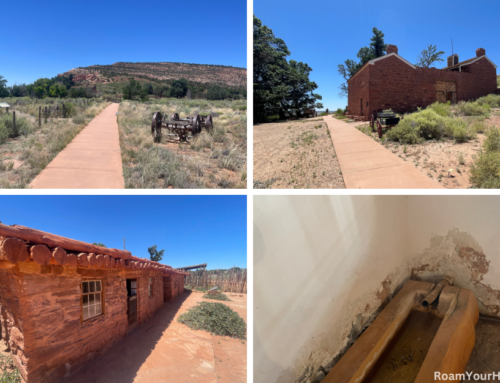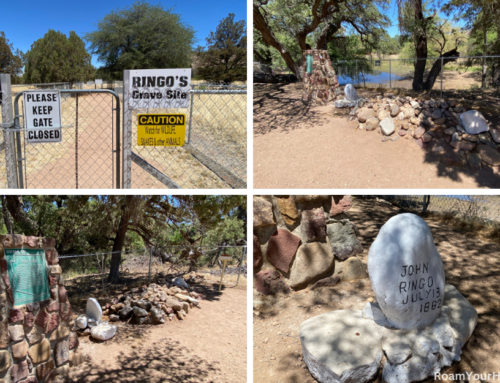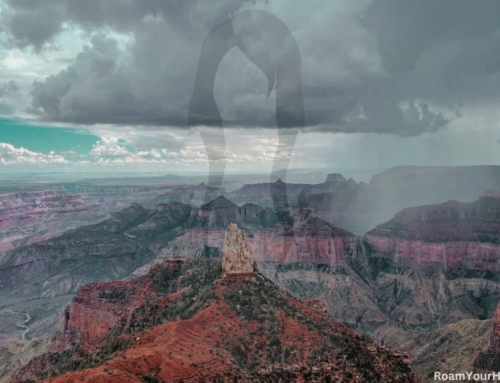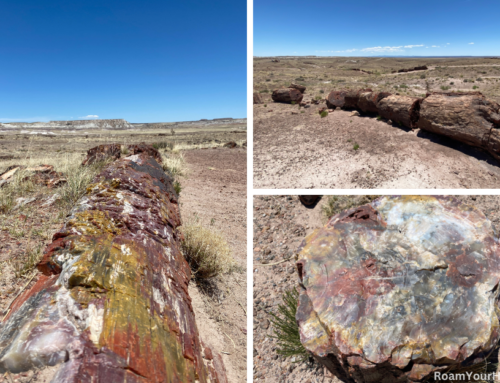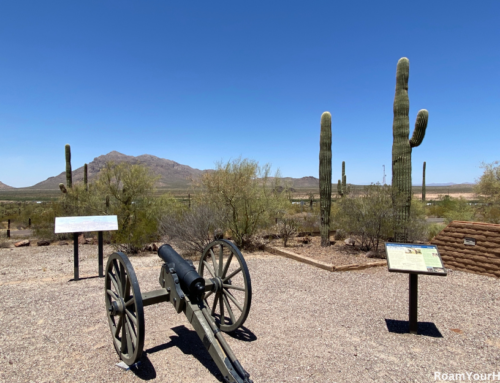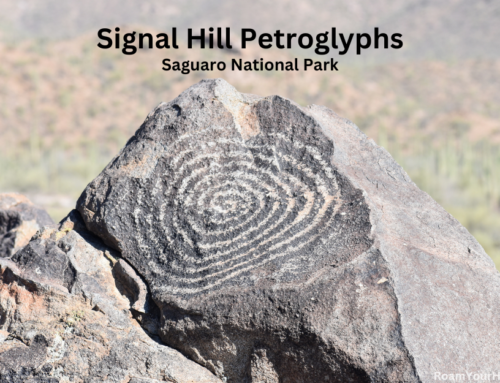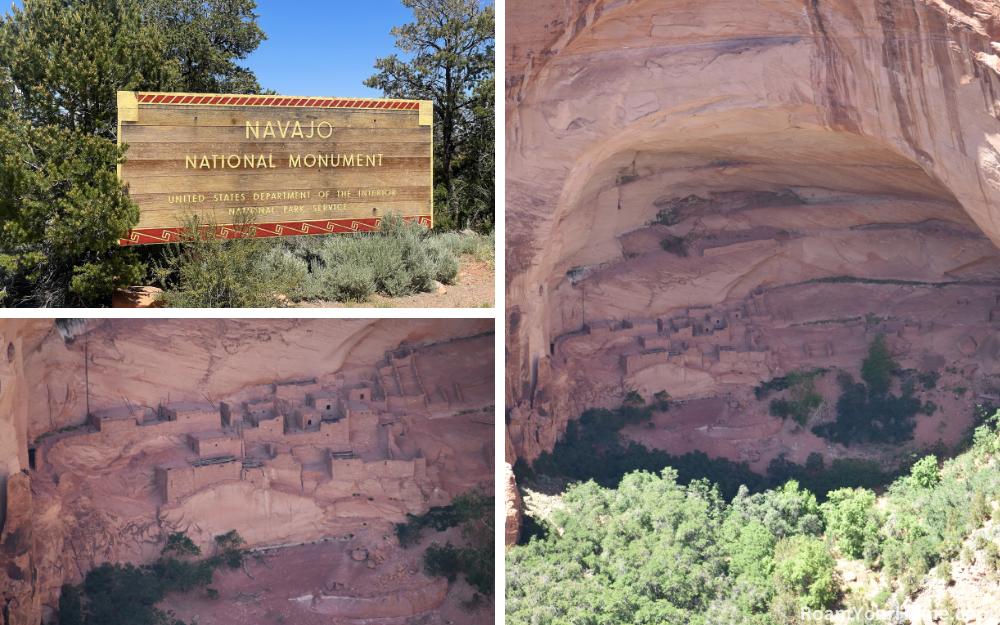
Exploring Navajo National Monument and the Betatakin Cliff Dwelling
Navajo National Monument is located in northern Arizona in the northwest part of the Navajo Nation. The monument was established by President William Taft in 1909, but its history dates back hundreds of years. The Hopi, San Juan Southern Paiute, Zuni, and Navajo people lived in the canyons for centuries.
The monument protects three distinct cliff dwellings: Betatakin, Keet Seel, and Inscription House. The dwellings were built in natural alcoves in the sheer sandstone walls. Native Americans last lived in the dwellings around 1300 AD, when they farmed the spring-fed valley.
When my wife and I visited on an early summer afternoon, we were not camping there, so we decided to do one of the three self-guided trails. All of the trails start right behind the Visitor Center. We were one of a few cars in the parking lot, but it was only a little full. When we got out of the cool, air-conditioned car, hot, dry immediately smacked us both in the face. “This is going to be super hot,” I said, looking around and seeing very little shade. We walked towards the visitor center; my wife said, “Check it out,” pointing to a thermometer, “It’s 95 degrees out and feels every bit of it.”
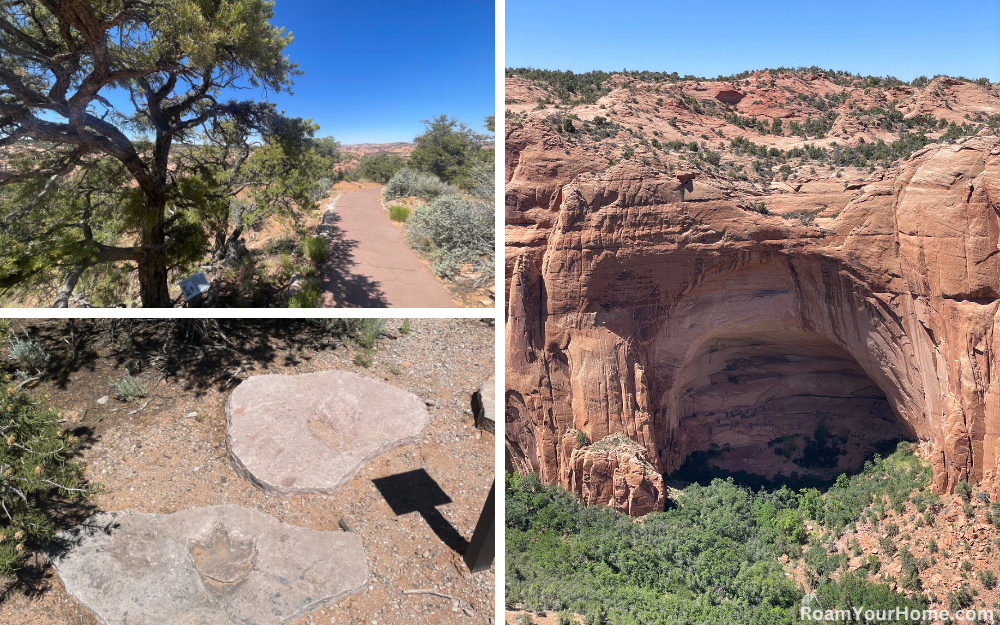
Hiking the Sandal Trail in Navajo National Monument
We headed inside the V.C. I walked to the Park Ranger at the info desk. “So we need to get to Page this evening. We only have about 2 hours to spend in the park. Any recommendations to make the most out of our visit?” “For sure,” she said. “Hike the Sandal Trail. It’s about a mile-long round trip and is the only trail from V.C. where you can see a Cliff Dwelling.” “Which one?” I interrupted enthusiastically. “There is a viewing point at the end where you get a great view of the Betatakin Cliff Dwelling.” She explained. “Be careful and make sure to take plenty of water. It’s hot, and there is no real shade along the way.” “Sounds good, thank you!”
We walked out the backdoor and back into the heat. A few yards from the door, we came to fossilized dinosaur prints. I did not expect to see that, but it was fantastic. A sign said they were found in the Lake Powell area and are thought to be 180 million years old.
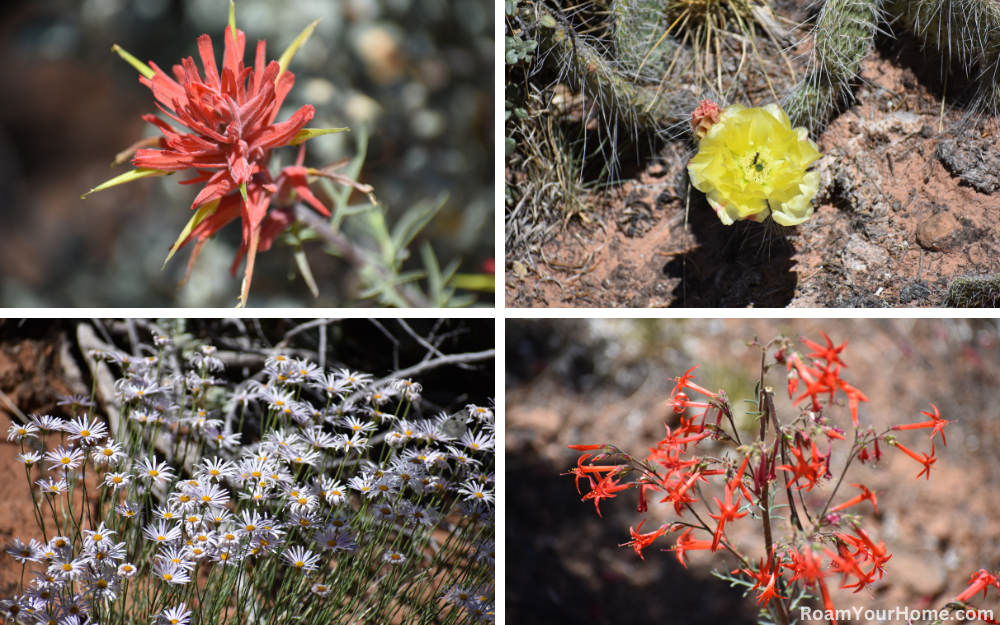
Wildflowers along the Sandal Trail
Along the way, we continued down the paved trail towards the overlook, passing signs pointing out native plants, cliffrose, Mormon tea, broadleaf yucca, big sagebrush, and more. Where the trail was not solid rock on either side, a nice display of wildflowers, especially Indian paintbrush, was blooming.
The park ranger was not kidding; the trail was exposed and hot. The hike to the overlook is slightly downward. I estimate about 150 feet or so of elevation change. Once you get to the overlook, you are greeted with a tremendous view of the Betatakin Cliff Dwelling. “That is amazing!” My wife exclaimed, taking in the view. “This is so cool,” I said in agreement. The view was simply stunning. The sandstone popped next to the cloudless, bright, deep blue skies.
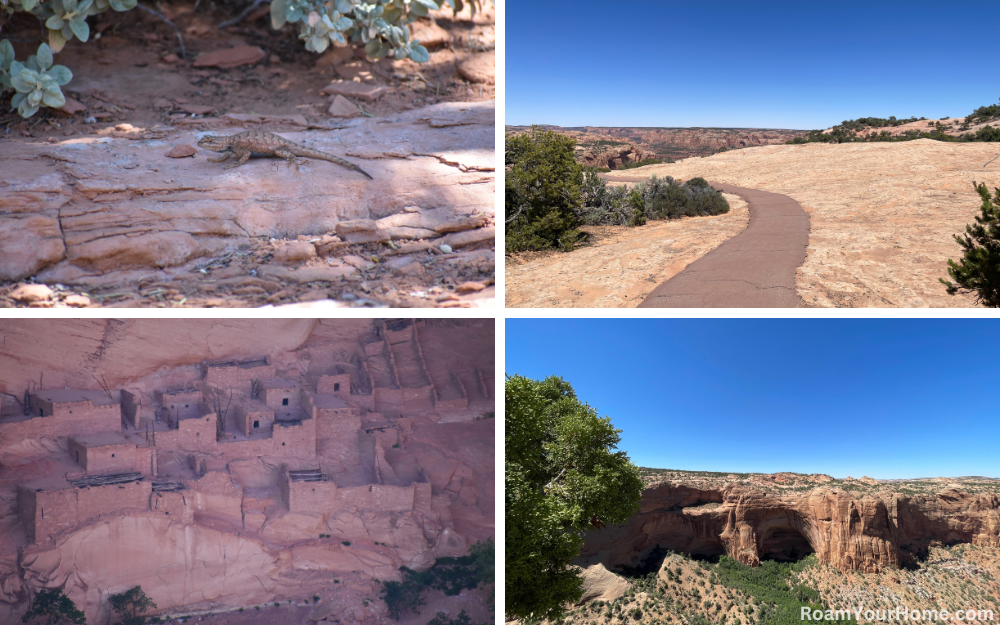
Betatakin Cliff Dwelling
The Betatakin is the second-largest cliff dwelling in the Navajo National Monument. It’s estimated to contain 135 rooms. Archaeologists believe it was occupied from 1250 – 1286 AD and was home to between 75 and 100 people. The reason the site was abandoned with certainty is lost to history. However, scientists believe it was likely a combination of extended drought, erosion of farmable land, and conflicts with neighbors.
After snapping far too many pictures and having a good drink of water, we decided to head back uphill to the visitor center. On the way, we passed signs for the other two trails you can hike without a guide: the Aspen and Canyon View Trails. Both are 0.8 miles roundtrip but do not offer a view of cliff dwellings. Once we got to the V.C., we relaxed in the air conditioning for a while and checked out the exhibits and programs.
Visiting Other Cliff Dwellings in the Monument
Upon learning that visitors could take guided tours of two out of three cliff dwellings, I immediately wished we had planned more time. Tours to Betatakin are generally offered from Memorial Day to Labor Day during the summer. They start at 7 AM on Fridays and Saturdays; signups are first come, first serve at the Visitor Center. There are two options: a 5-mile roundtrip or a 3-mile roundtrip. Heads up, both are extremely tough, steep, and exposed to the sun.
On select weekends, you can sign up for a guided tour of Keet Seel. You should check with the park to see when they are offered. The hike to Keet Seel is 17 miles roundtrip and is an overnight backcountry trip. This is an exceptional opportunity. Keet Seel has over 150 rooms and is Arizona’s largest Ancestral Puebloan structure and the second largest in the American Southwest after Cliff Palace in Mesa Verde National Park. Keet Seel is a Navajo word meaning “place of broken pottery.” “How cool is this! We’ve got to come back and do this,” I said to the wife, and she agreed.
We will be back to visit. We only spent a couple of hours exploring, but we would like to spend a couple of days exploring this incredible place.
Where is Navajo National Monument located?
Navajo National Monument is in northern Arizona, in the Navajo Nation Territory. It’s about a four-and-a-half-hour drive from Phoenix.
How long to visit Navajo National Monument?
If you just plan on seeing the Betatakin cliff dwelling you can spend as little as an hour and a half in the park. You can easily spend a full day if you desire.
Where to stay in the Monument
There is no lodging in the monument. There are some hotels in nearby Kayenta.
Camping in Navajo National Monument
There are two campgrounds in the park. Sunset View Campground is open year-round and looked pretty nice when we drove through. Canyon View Campground is generally open for the summer and closed for the winter.

